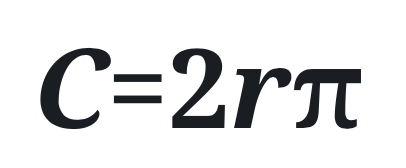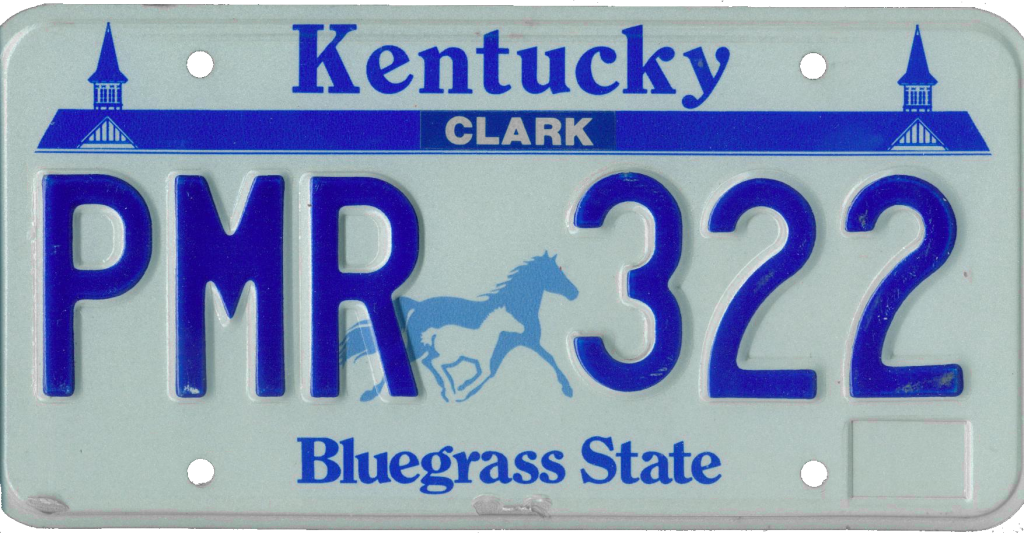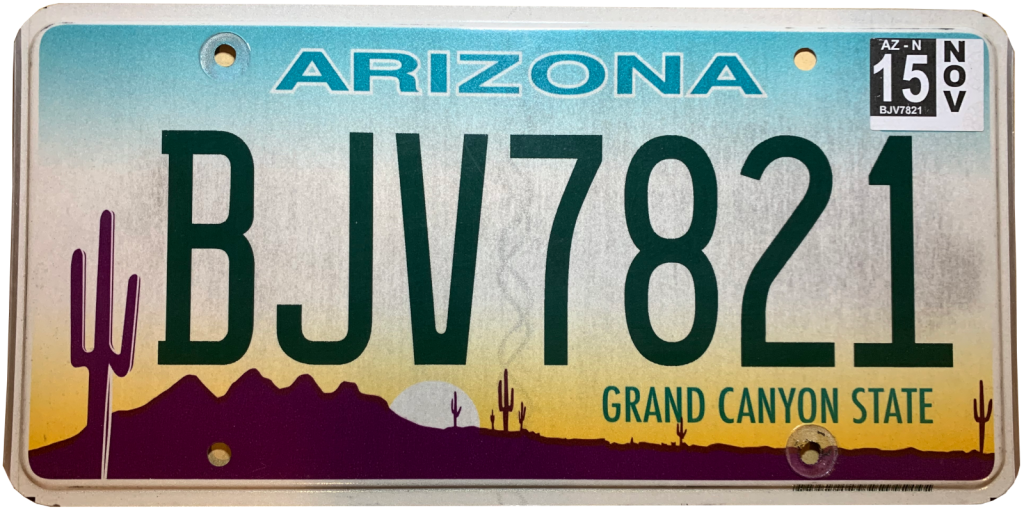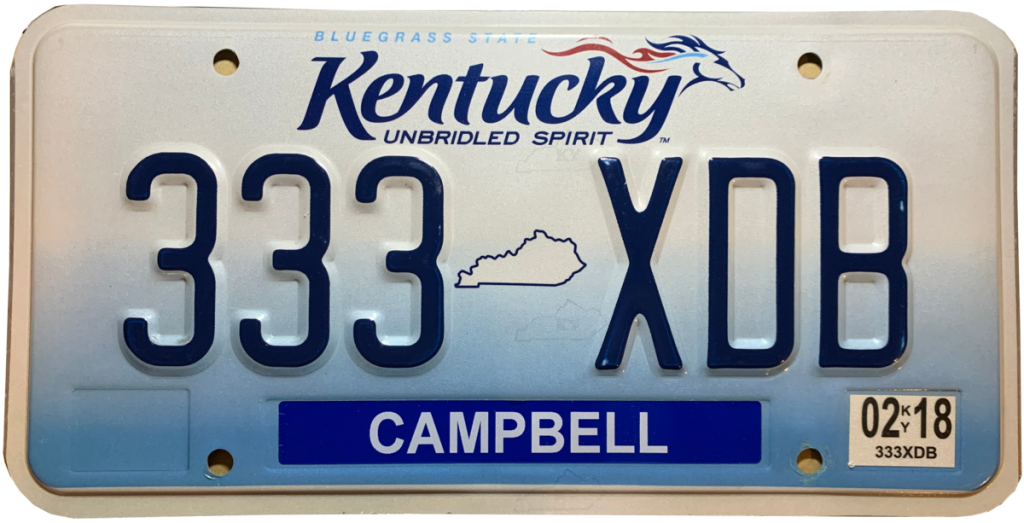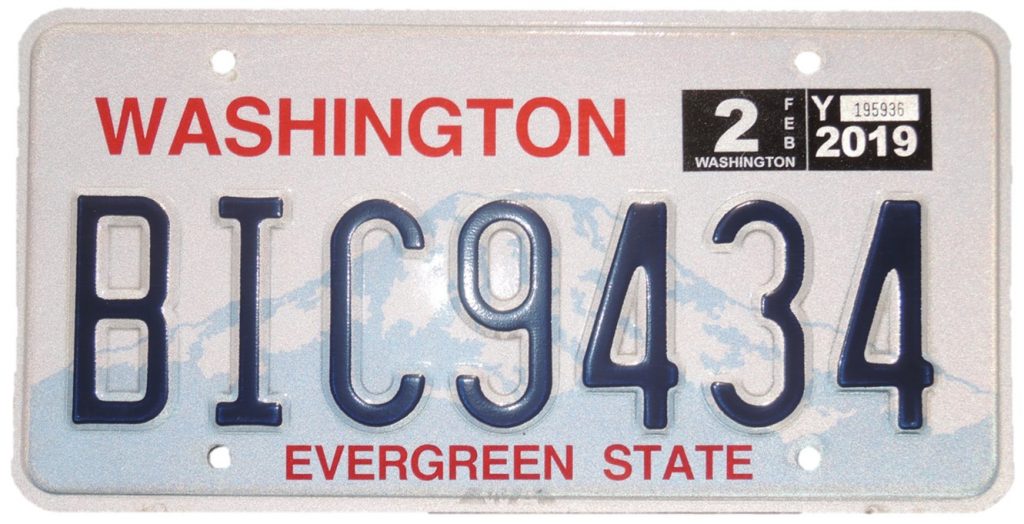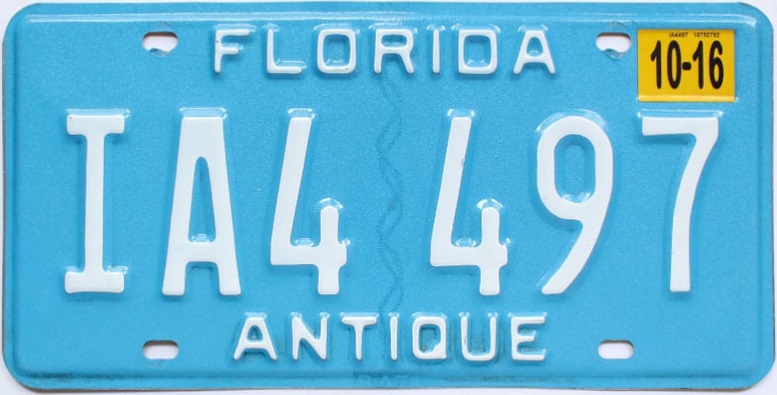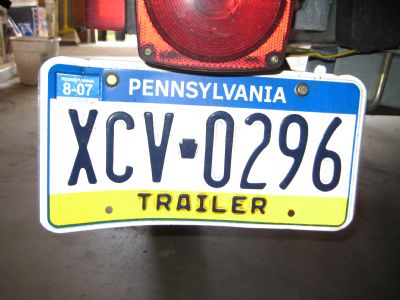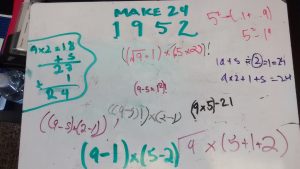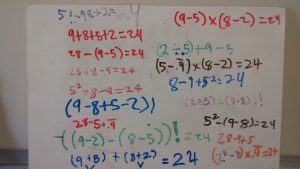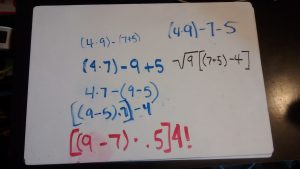 I love the game of 24. Two marks of a good game or math problem are that it doesn’t take long to explain the rules and you can jump in right away. 24 has both of those. If you haven’t played here are the rules:
I love the game of 24. Two marks of a good game or math problem are that it doesn’t take long to explain the rules and you can jump in right away. 24 has both of those. If you haven’t played here are the rules:
- Take 4 digits
- Make 24 using arithmetic operations
- Use all the numbers, but only once
With the card game you get to claim the card if you’re the first to solve it, and then you grab another card. But we play it in our classroom more like this: students walk in, start finding solutions on their whiteboards, then we progressively share them out on the classroom whiteboard. We play every Tuesday morning for grades 6–8.
As with all teaching the beauty is in the execution. So what’s the best way to play 24?
At a recent math conference I heard Judith Montgomery from MBAMP explain how she flattens the slope for entering into 24. First things first: a number talk! Put the number 24 on the board and let students respond. Why 24? 24 hours in a day? 24 pickles? And eventually someone will say something like 20+4 and then you’re off.
Interestingly enough she does not do what I want to do and jump right into the rules of the game. No, the number talk winds down and the game is never brought up. And then you return to 24 later — maybe the next day, maybe the next week — and start another number talk. I love this. Because not everyone sees factor pairs when they see 24. Let the students lead you there (as you refine where they’re going).
Tips & Tricks
As students play 24 the tricks for finding them will come out and you should highlight them as often as possible. I urge you to not just give these away. Let them arise naturally. Introduce them over time, not in the same day or week. A few to look out for:
- Make factor pairs: 8×3 and 6×4 will appear quite often
- Find points that are n units away from 24: If you have a 6, try to make 18 or 30 with the other numbers (And be sure to bring this up when you are working on absolute values, like |x-6|=24)
- Use perfect squares to yield other numbers: If you have a 4, you have a 2, since √4=2 — likewise with 9 and 3
The rules of the game will establish themselves. In our classroom students want to go beyond the basic four arithmetic operations. “Can we use exponents?” “Can we use square roots?” (hence that last trick above). When you allow them, they will take off. If some students don’t understand right away how to use these other operators, that’s okay! I promise they will want to once they see how advantageous it is to have those extra tools. As the months go on in the year I might drop a hint on a new method, especially factorials.
Using! factorials! in! 24!
Here’s where it gets really interesting. Eventually when playing 24 a student will get really excited about their solution and write something like this:
(9-1)x(5-2)=24!
And I can say, “I appreciate your enthusiasm, but did you know that ! is a math symbol? In fact, 24! is a really, REALLY big number.” [fun fact for chem nerds: 24! is really close to Avogadro’s constant]
Once the students know that 24! = 24 x 23 x 22 x … x 1, then you are about 30 seconds away from someone saying, “Hey, 4! is 24. Cool!” And now they have a new trick:
- If I can make 4, I can make 24
And pair that up with square roots and you have:
- If I can make 16, I can make 24 since (√16)! = 24
My favorite 24s
Check out some of the results from our class. I’ll add more as time goes on. Please note that there might be mistakes in here (or worse, missing numbers from my thumbs wiping the boards accidentally!). There are also some tricks in here I haven’t mentioned yet. Bonus points when you find them!





